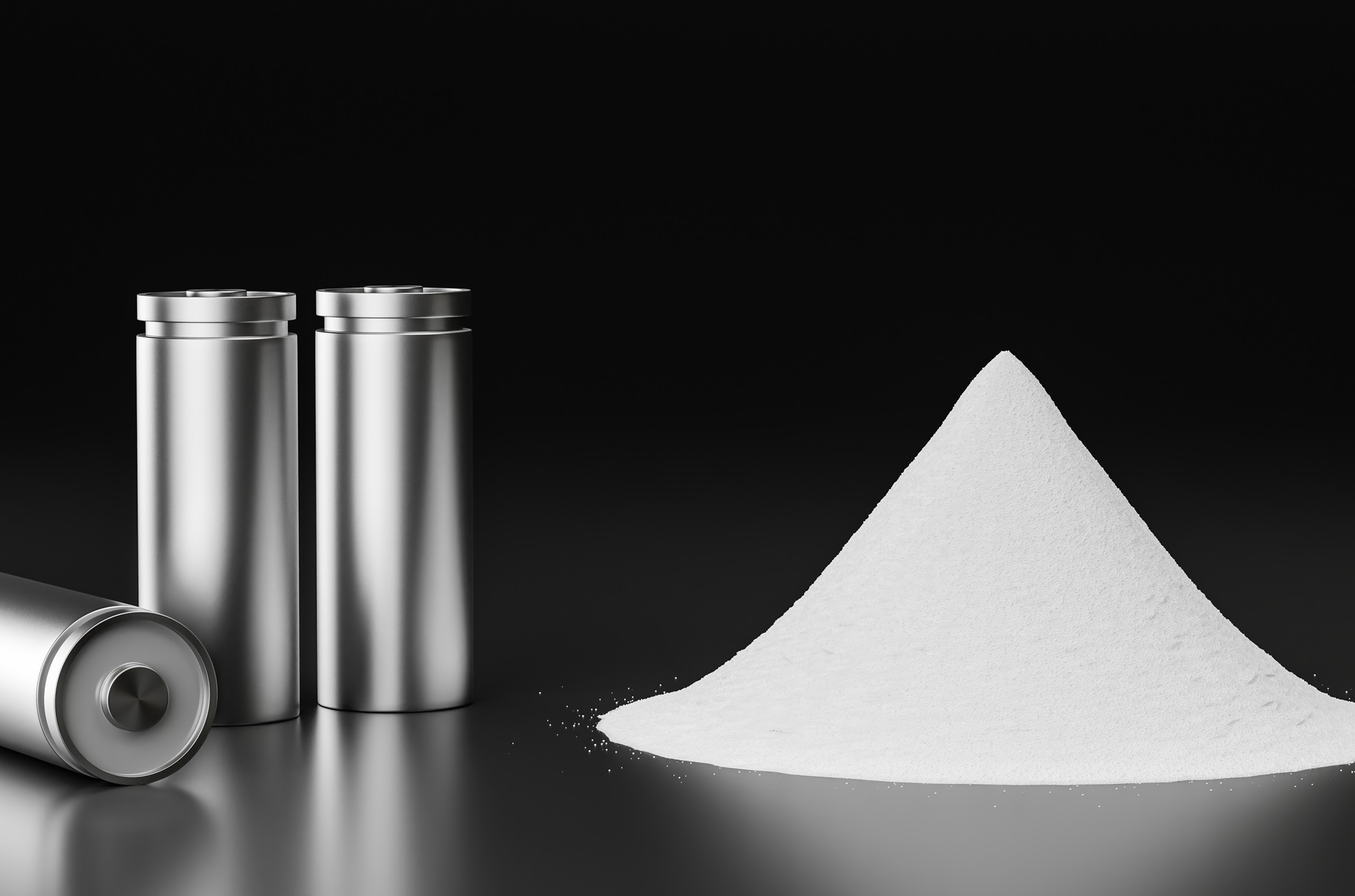Cathode Material
Cathode Material
Among various parts of lithium-ion batteries (LIBs), cathode material is heaviest component which account almost 41% of whole cell and also majorly decides the performance of battery. Efficiency of positive electrodes further balanced by safety, cyclic stability, rate capability and cost of electrode material. Furthermore, electrochemical properties of materials are directly connected with porosity, structure type and morphology, which can be tuned by various strategies.
Cathode active materials (CAM) are typically composed of metal oxides. The most common cathode materials used in lithium-ion batteries include lithium cobalt oxide (LiCoO2), lithium manganese oxide (LiMn2O4), lithium iron phosphate (LiFePO4 or LFP), and lithium nickel manganese cobalt oxide (LiNiMnCoO2 or NMC). Each of these materials offers varying levels of energy density, thermal stability, and cost-effectiveness.
One of the most successful and broadly implemented rechargeable battery technologies developed to date is lithium ion. However, questions regarding the future of using lithium-ion technology for large scale applications center on the sustainability and high cost of lithium, especially due to the projected increase in demand for lithium-based electrodes used in hybrid and plug in electric vehicles and stationary (grid) storage. It is projected that costs may continue to rise as these new technologies gain a greater share of the market, and new lithium reserves will be needed to keep up with demand.
Of the possible alternatives to lithium-ion, rechargeable magnesium-ion batteries are a promising candidate, and research into the technology has accelerated in recent years.
Magnesium-ion technology is promising for several reasons. First, due to the natural abundance of magnesium in the earth's crust, approximately 104 times that of lithium, its incorporation into electrode materials is inexpensive. Secondly, magnesium is more atmosphere stable and has a higher melting point than lithium, making it safer relative to lithium. The divalent nature of magnesium ions also presents a potential advantage in terms of volumetric capacity (3833 mAh/cm3 for Mg vs. 2046 mAh/cm3 for Li).
Nano Magnesium Hydroxide and Nano Magnesium Carbonate can be used in battery cathode materials.
Recommended Products

undefined
Magnesium hydroxide (MDH) crystals tend to form as large, hexagonal plates by default. However, Nano magnesium hydroxide (Nano MDH) usually has the morphology of the crystalline material from 2D nanostructures such as hexagonal platelets and sheets to 1D configurations such as rods, needles and hollow tubes.

undefined
Magnesium carbonate (MgCO3) is designated as a generally recognized as safe (GRAS) material by the American Food and Drug Administration (FDA), making its nano form have a good application prospect. Nano magnesium carbonate (Nano MgCO3) is a kind of nanoparticle of 8nm average diameter and large surface area.



